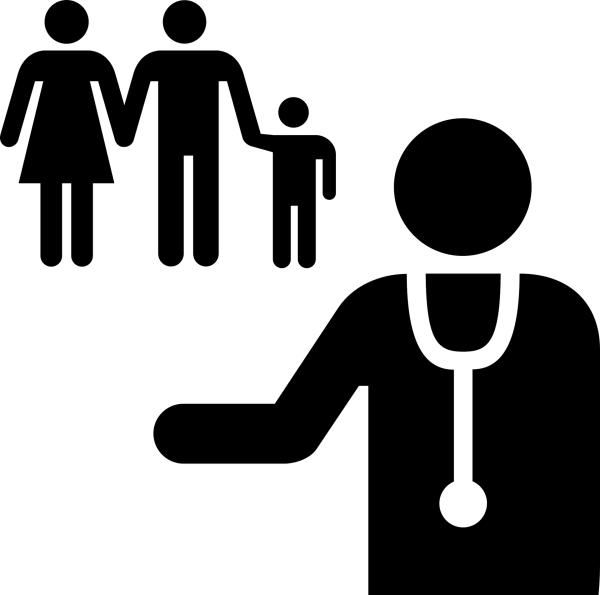Despite the complex sound to its name, the PCMH's mission is straightforward, one primary care provider coordinates your care, coordinating the efforts of your specialists. In reality, it is a series of guidelines and enhanced personalized care delivery. Compliance with guidelines and additional personalized care is incentivized by an extra monthly payment for each patient over and above the usual expenditures on their fee-for-service needs, like appointments and testing.
This most recent study looked at which of a host of services delivered lower costs, making use of roughly 400 practices employing 20,000 physicians. They were often large urban practices, with significant Medicare beneficiaries with the normal range of disease severity and ages. Let's call them typical. Each practice chooses the measures they wish to be judged upon from a long list, e.g., high blood pressure is identified and maintained within specified limits for the year. PCMH received incentives based on these measures, so in selecting them, a wily administrator chooses those where they have the best chance of succeeding. For the study, the researchers looked at costs for hospitalization both acutely and electively, as well as the rate of hospitalization and Emergency Department visits.
They found only two measures were associated with consistent significant reductions in expenditures for Medicare beneficiaries – registries of reminders for necessary screenings and a similar registry to aid clinicians in pre-planning visits to incorporate those necessary tests and "population health monitoring" into upcoming visits. Reminders for patients reduce overall costs by $70 annually per patient, reminders to clinicians $30 annually per patient. Both were statistically significant. Four others, including coordinating care with specialists, monitoring the care given to their patients in hospitals and discharge facilities, and working out specific plans for the chronically ill, all showed lesser, non-statistically significant savings.
In their discussion, the two registries are duly noted to be useful, and the remaining four "might" be helpful, although the wording for "possibly useful" varied. What this study demonstrates is the uncertainty principle of medical care – it is difficult, if not impossible, to measure both cost and quality, the two components of value, simultaneously. In this instance, hospitalization is a stand-in for quality, as I suppose are ED visits. Another more obvious limitation is that spending on medications is not included, and for the ambulatory, this is a significant component of their expenditures.
It is nice to know that reminding patients of necessary screenings and reminding physicians to remind and reinforce their patients' needs can reduce costs. But it would be better to understand how they impacted their health. For physicians involved in these demonstration projects, it does suggest that they could quickly reduce the buffet of outcomes they wish to be measured upon to a more easily managed number. More careful analysis might even disclose which measures provide value, both lower cost, and better care.
Source: Patient-Centered Medical Home Activities Associated With Low Medicare Spending and Utilization Annals of Family Medicine DOI: 10.1370/afm.2589.




